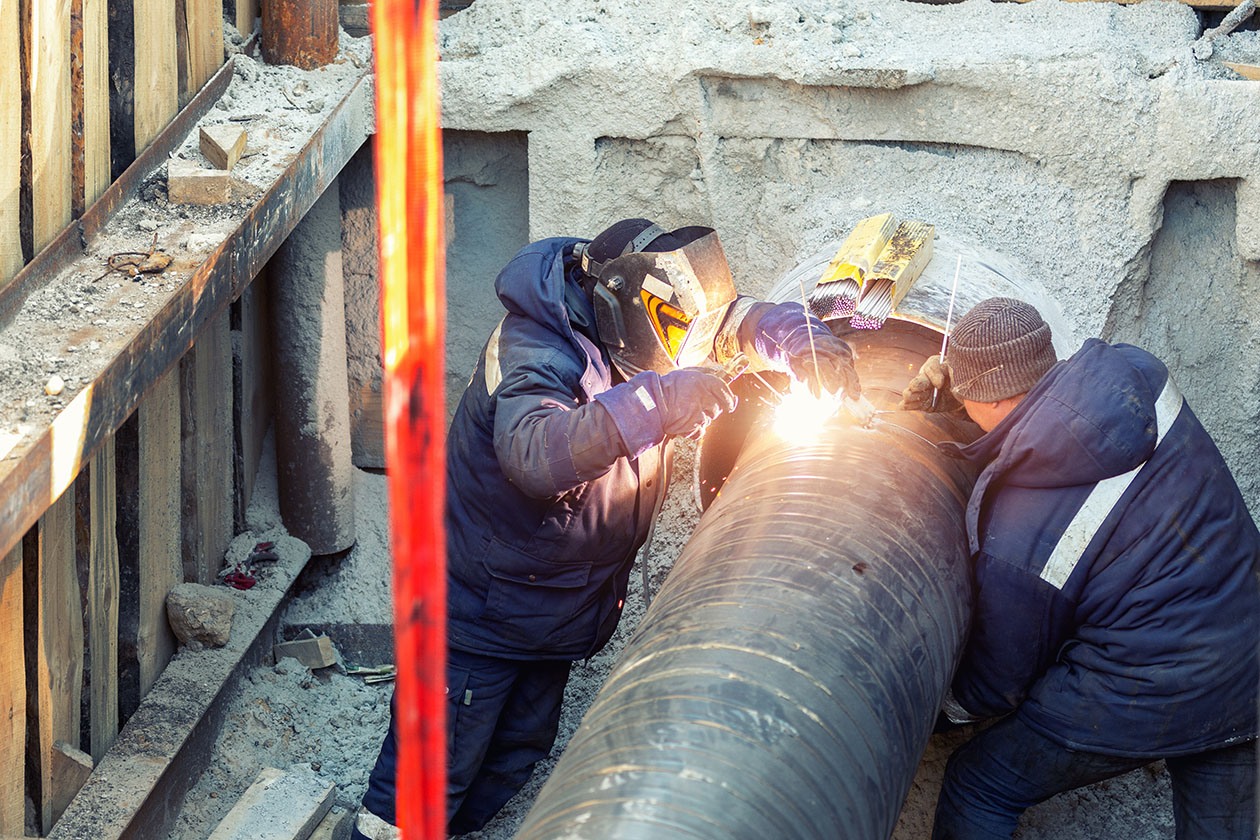
October 26, 2023
Service lines—pipes that connect homes and buildings to municipal water systems—made of lead are known to be a common source of exposure when they corrode and lead enters the drinking water supply. The harms of lead exposure, particularly for children, have been well-documented for many decades, including at very low levels. So much so, that the federal health-based goal for lead in drinking water is 0 µg/dL—none. Yet, an estimated 9.2 million lead service lines (LSLs) remain in use in communities across the United States, including nearly 500,000 in New York State. Recent news coverage and reports by environmental advocates have addressed the potentially significant number of remaining LSLs in New York City, as well as multiple cases of municipalities in upstate New York where children have had elevated levels of lead in their blood connected to exposures from LSLs.
Addressing the potential impacts of LSLs and attempting to replace them is a challenge on multiple fronts. For starters, although experts have generated estimates for how many LSLs remain in use, details of the homes and buildings they are connected to—including those that house, educate, or care for young children—are unknown. The location and material of many service lines were not initially recorded when installed or were recorded on older localized systems (including paper ones) that have not been updated and centralized. Until recently, the inventory of service lines and their materials has not been required by most states or the federal government. In addition, there have been legal questions raised by municipalities in New York about the use of certain types of public funding for LSL replacements due to a state constitutional provision that restricts the use of public resources for private benefit.
Over the last few years, however, there have been a number of federal policy changes and proposals related to lead service lines. In 2021, the Biden-Harris administration initiated the “Get the Lead Out Partnership” with localities and states, in which the EPA committed to advancing “non-regulatory actions to support the replacement of 100 percent of lead pipes” with the goal of doing so in the next decade. The federal government has also allocated funding towards that end. In particular, the Infrastructure Investment and Jobs Act of 2021 (IIJA) allocated $15 billion in direct funding for lead service line replacement. The state of New York anticipates roughly $115 million annually over five years from this funding for the inventory and replacement of lead service lines. In addition, in 2021, the Environmental Protection Agency (EPA) published revisions to the 1991 Lead and Copper Rule and subsequently published guidance in 2022 that directed water systems to create lead service line material inventories and directed them to complete those inventories by October 16, 2024—by which time further regulatory actions are anticipated.
As local water systems in New York and across the country move towards the inventory deadline and await further federal regulatory action in 2024 and as the first rounds of federal IIJA funding are being spent, this policy brief will examine the broader policy history, funding, and challenges to realizing the potential replacement of all lead service lines. In doing so, it will discuss the history of lead service lines, what we know about lead exposure and its impacts, and the longer development of public policies and funding to address associated water contamination while considering how other states and localities have structured their policy responses to the challenges of identifying and replacing LSLs. It also outlines existing efforts, programs, policies, and funding available in New York State for water systems and localities and highlights further research and policy recommendations.